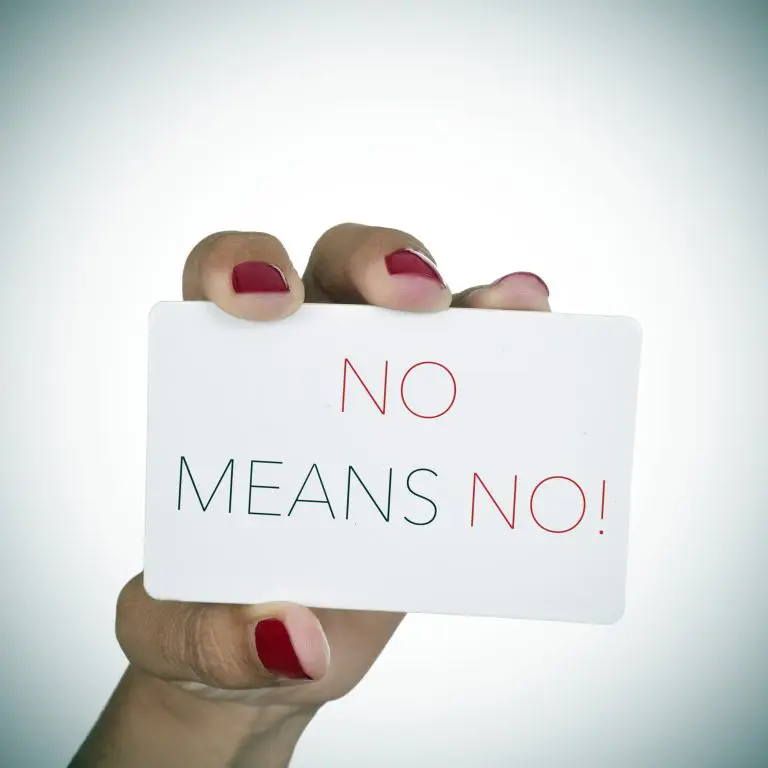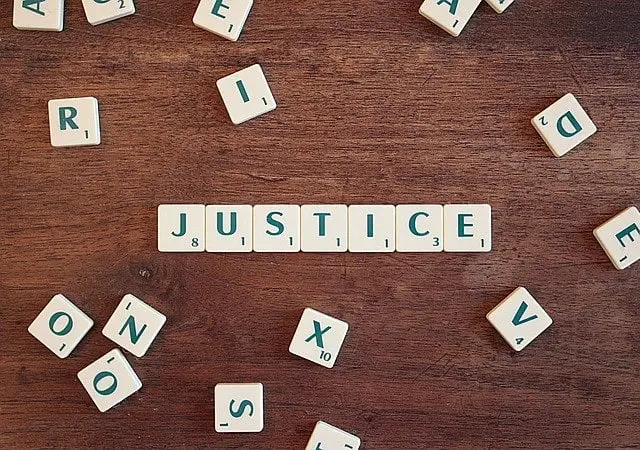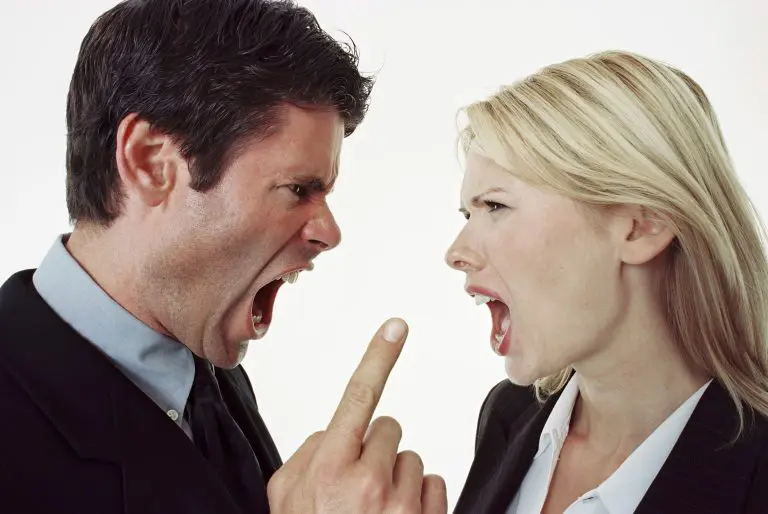Balance of Harms in Trademark Law: Striking the Right Legal Balance
Trademark law is a complex field with its fair share of disputes and challenges. One crucial principle that often comes into play in trademark disputes is the “Balance of Harms.” In this article, we will explore the concept of Balance of Harms in trademark law, its significance, and how it impacts legal decisions in trademark disputes.
Understanding Balance of Harms
At its core, the Balance of Harms is a legal principle that seeks to strike a balance between the potential harm caused to the owner of a trademark and the potential harm to a defendant accused of trademark infringement. This principle recognizes that trademark disputes are not always black and white, and the courts must consider various factors to make a fair decision.
Synonyms: Equilibrium of Harms, Trademark Harm Assessment
The Significance of Balance of Harms
- Fairness: Balance of Harms ensures fairness in trademark disputes. It prevents trademark owners from using their rights to unjustly harm competitors and allows defendants to present arguments based on the potential harm they may face.
- Case-by-Case Basis: Trademark disputes are highly context-specific. Balance of Harms requires courts to evaluate each case individually, taking into account the unique circumstances and potential consequences.
Synonyms: Equity in Trademark Law, Fair Assessment of Harms
Factors Considered in Balance of Harms
Several factors are typically considered when assessing the balance of harms in trademark disputes:
- Likelihood of Confusion: Courts evaluate the likelihood of confusion between the marks to determine the harm to the trademark owner.
- Economic Impact: The potential economic impact on both parties is assessed, including the impact on the defendant’s business.
- Consumer Perception: How consumers perceive the marks and potential harm to their interests is a crucial factor.
- Market Presence: The extent of market presence and reputation of both parties is examined.
Synonyms: Harm Assessment Factors, Balancing Trademark Interests
Legal Framework for Balance of Harms
Trademark law, as governed by the United States Patent and Trademark Office (USPTO), provides guidance on the Balance of Harms. It is an essential consideration during the substantive examination of trademark applications and opposition proceedings.
Synonyms: USPTO Guidelines on Harm Assessment, Trademark Oppositions
Case Examples
To better understand how the Balance of Harms works in practice, let’s consider a few examples:
- Example 1 – Confusingly Similar Marks: In a case where two marks are found to be confusingly similar, the harm to the trademark owner is clear, but the defendant may argue that they will suffer severe economic harm if forced to change their mark.
- Example 2 – Prior Use Defense: A defendant may invoke a prior use defense, claiming that they have been using the mark for a long time without any issues. In such cases, the court must balance the harm to the plaintiff against the harm to the defendant’s established business.
Synonyms: Balance of Harms in Trademark Cases, Practical Applications
Conclusion
In conclusion, the Balance of Harms is a fundamental concept in trademark law that ensures fairness and equity in disputes. It requires a delicate balancing act by courts, taking into account various factors to make informed decisions. As trademark disputes continue to evolve, understanding the significance of this principle is crucial for trademark owners and defendants alike.
URLs used as Sources:
- https://www.uspto.gov/trademarks-getting-started/trademark-process/tmep-1200-substantive-examination-mpep
- https://www.ipwatchdog.com/2017/08/06/trademark-oppositions-unfair-competition/id=86045/
Disclosure: Generative AI Created Article
















